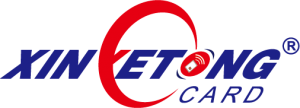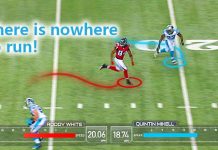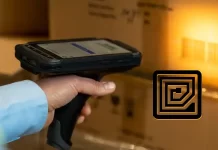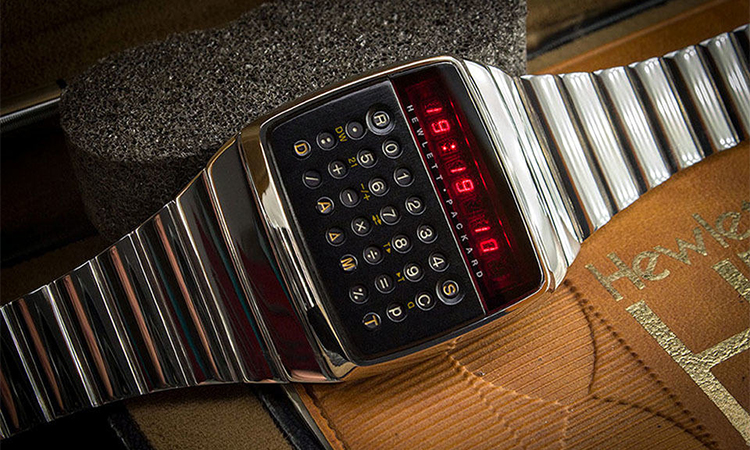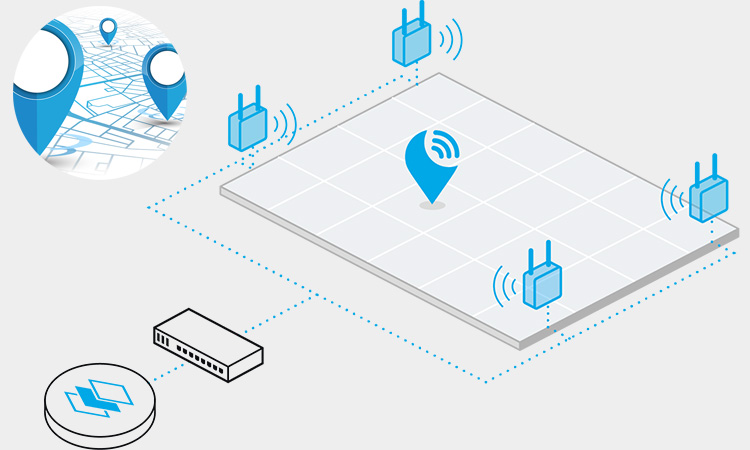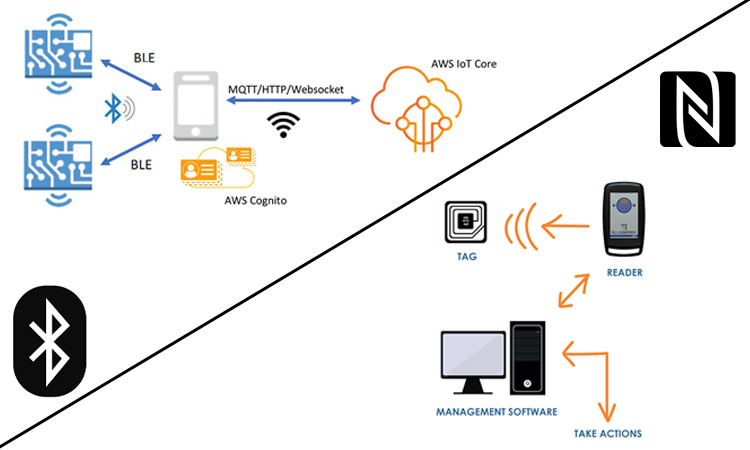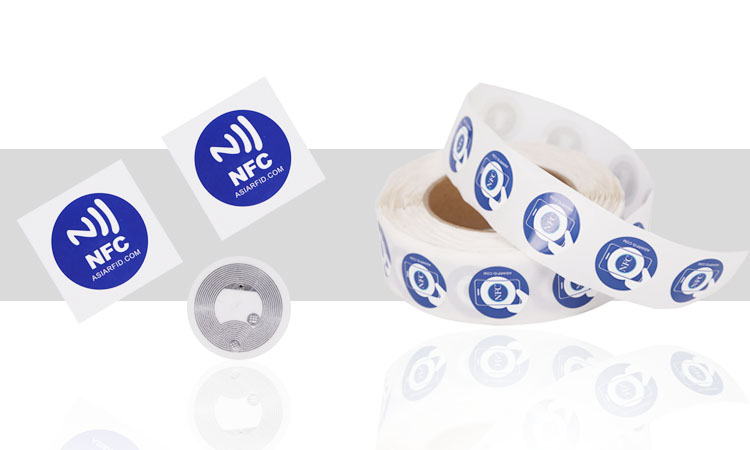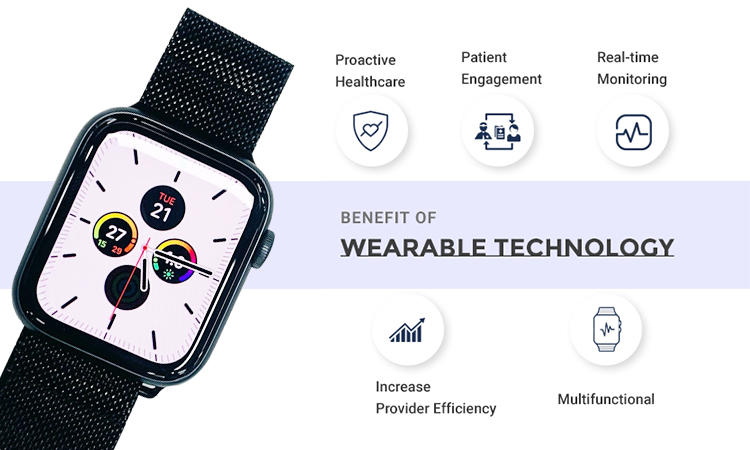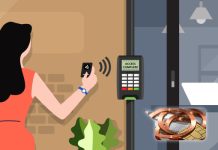오늘날의 급변하는 창고 환경에서는 효율성이 핵심입니다. 바코드 기술은 정확성을 높이고 고객 만족도를 높이는 검증된 솔루션입니다. 연구에 따르면 바코드 시스템은 오류를 최대 99.9%까지 줄이고 생산성을 최대 50%까지 높일 수 있습니다. 이러한 이점으로 인해 점점 더 많은 창고에서 바코드 시스템을 채택하고 있는 것은 놀라운 일이 아닙니다.
사용하는 이유 바코드 시스템 창고?
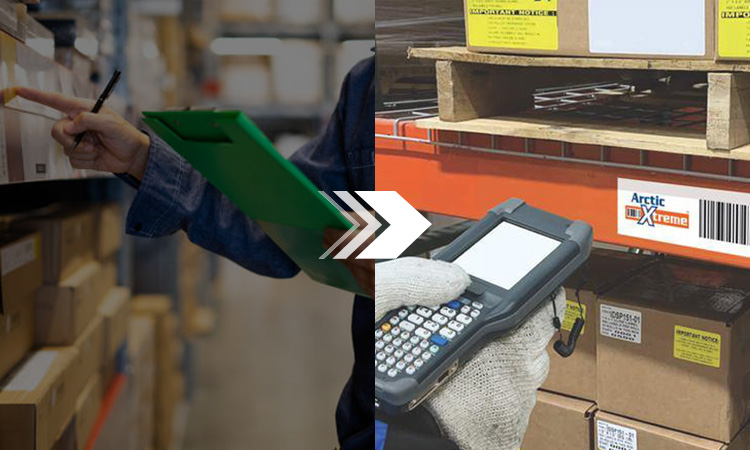
기업이 창고의 효율성을 개선하기를 원한다고 가정해 보십시오. 기존의 전통 기술을 업데이트해야 합니다.. 처음에는 사람들이 스프레드시트를 통해 수동으로 재고 기록을 수행했습니다. 창고 관리는 보다 간단한 방법을 기반으로 할 수 있습니다. 그러나 이러한 종래 기술을 사용하면 매우 높은 오류율이 발생한다.
기술이 계속 발전함에 따라 바코드가 등장했습니다. 기업은 바코드 라벨을 사용하여 창고를 쉽게 관리할 수 있습니다. 인적 오류율을 효과적으로 줄입니다.
회사는 창고 위치 바코드를 사용하여 각 항목에 태그를 지정하여 위치를 파악할 수 있습니다. 이러한 항목은 선반, 팔레트, 컨테이너 등이 될 수 있습니다. 벌크 컨테이너 및 개별 제품의 창고 이동 효율성을 높입니다.
창고 바코드에 대해 얼마나 알고 있습니까?
바코드 시스템의 가장 중요한 구성 요소는 라벨입니다. 기업이 알아야 할 바코드에 관한 것.
바코드 라벨이란 무엇입니까?
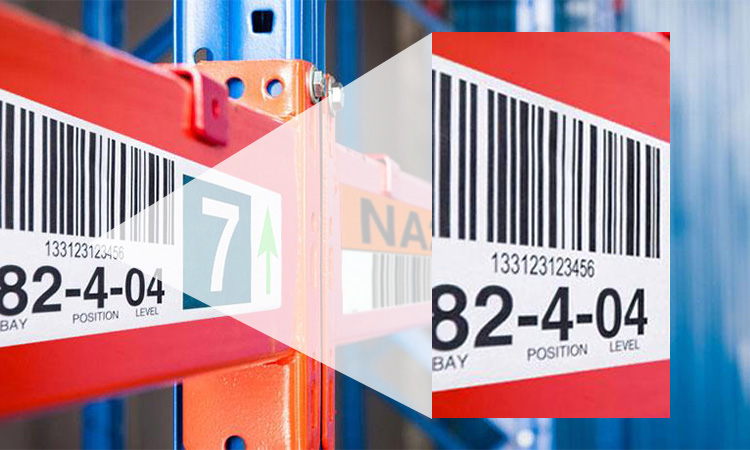
바코드 라벨은 공급망 전체에서 자산 및 재고를 추적하기 위한 효과적인 도구입니다. 조직 간 추적에도 유용합니다. 다양한 방법으로 제시할 수 있지만 세 가지 일반적인 프레젠테이션 유형이 있습니다. 이 세 가지 유형은 다음과 같습니다.
- 숫자만 있는 바코드
- 문자와 숫자가 포함된 바코드
- 2차원 바코드
이 세 가지 유형의 바코드에는 각각 고유한 특성이 있습니다. 첫 번째 유형은 순전히 숫자입니다. 두 번째 유형에는 문자도 포함됩니다. 이 두 가지를 총칭하여 1차원 바코드라고 합니다. 2차원 바코드는 약간 다르며 일반적으로 정사각형 또는 직사각형으로 표시됩니다. 이러한 모양은 위에 여러 개의 점이 배열된 독특한 패턴을 나타냅니다.
회사는 창고 추적 및 관리를 위해 간단한 바코드 라벨을 선택하는 경우가 많습니다. 다음은 일부 일반적인 바코드 기호.
UPC 코드 (숫자만 포함된 1차원 바코드)
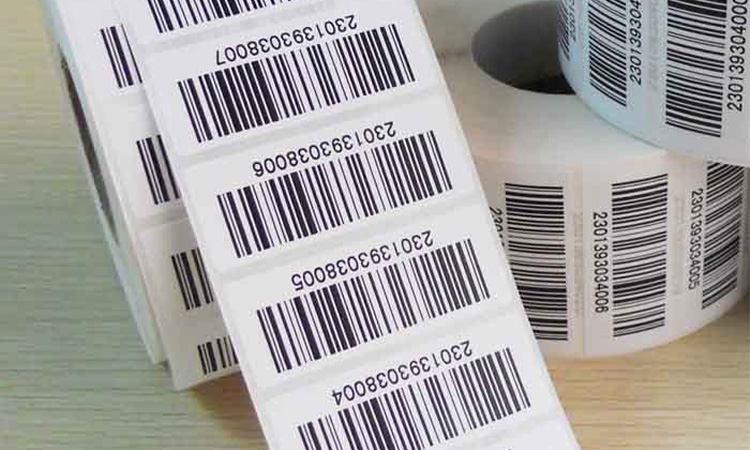
그것은 가장 오래되고 가장 널리 사용되는 바코드 중 하나입니다. GS1 바코드. 또한 미국에서 가장 잘 알려진 바코드 중 하나입니다.
12자리 숫자로 구성되어 있으며 매장에서 개별 제품을 식별할 수 있습니다. 기업은 이 코드를 식별하여 특정 제품과 제조업체를 식별할 수 있습니다. 특히 소매상들에게 인기가 많습니다.
EAN 코드 (숫자만 포함된 1D 바코드)

EAN 코드는 UPC와 거의 동일합니다. 하지만, 편의점에서 널리 사용되는 POS 시스템에 적용됩니다.
미국 및 캐나다와 같은 국가의 UPC(Universal Product Code)와 호환됩니다. 일본 상품 번호(JAN)와도 호환됩니다.
대부분의 상업용 제품은 매장에서 사용할 수 있습니다.
플레시 코드 (숫자와 문자가 포함된 1D 바코드)
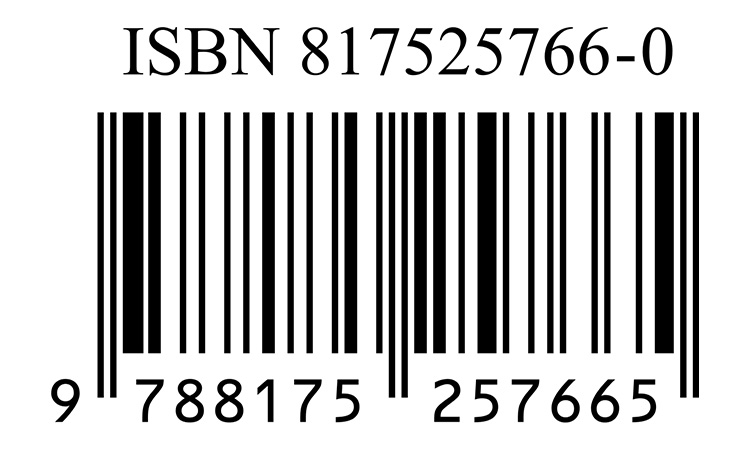
1971년 영국 회사 Plessey에서 개발했습니다. Anker Plessey 및 MSI Plessey를 포함한 여러 변형이 있습니다.
처음에 사람들은 지역 유럽 식료품점과 도서관에서만 사용했습니다. 다른 표준 기호보다 밀도가 높기 때문에 도트 매트릭스 프린터에 사용됩니다.
코드 39 (숫자와 문자가 포함된 1D 바코드)
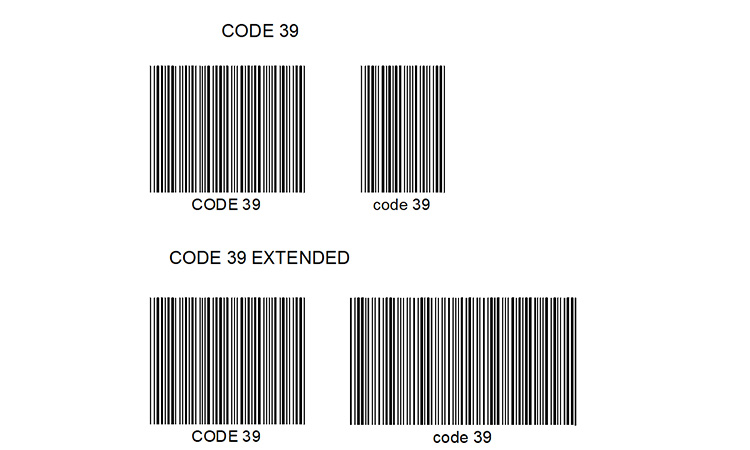
이 코드는 1975년 Intermec Corporation에서 개발한 바코드입니다. 최대 43자를 포함할 수 있습니다.
비 소매 산업에서 주로 사용됩니다. 그것은 자동차, 전자 및 방위 산업에서 만연합니다.
2차원 코드 (2차원 바코드)
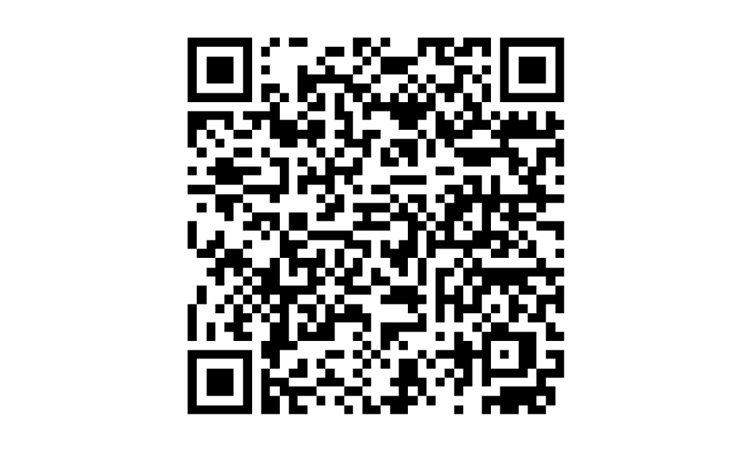
2D 코드는 바코드의 2차원 버전입니다. 가장 널리 알려진 2차원 바코드 중 하나입니다.
흑백 픽셀의 독특한 패턴으로 구성되어 있습니다. 표준 1D 바코드보다 더 많은 데이터를 저장할 수 있습니다. 최대 2,509개의 숫자 전용 문자 또는 문자와 숫자로 구성된 1,520개의 문자를 포함합니다.
사람들은 처음에 자동차에서 제조된 부품을 추적하는 데만 사용했습니다. 오늘날 사람들은 다양한 응용 프로그램에서 사용할 수 있습니다. 여기에는 비즈니스 추적, 엔터테인먼트 및 교통 발권이 포함됩니다.
회사는 종종 창고 관리에 사용하기 위해 UPC와 같은 바코드 스타일을 채택하기로 선택합니다. 소매 제품을 취급해야 하는 회사도 GS1 등록을 신청할 수 있습니다. 전 세계적으로 바코드를 표준화하는 조직입니다. GS1 바코드를 등록하면 기업이 상품을 세계화하는 데 도움이 됩니다.
바코드는 언제 발명되었나요?
바코드는 1948년 미국의 Norman Joseph Woodland와 Bernard Silver에 의해 발명되었습니다. 두 명의 발명가는 현지 식료품점 주인이 계산대 속도를 높일 수 있는 솔루션을 고안해 달라고 요청한 후 제품을 자동으로 식별하는 시스템을 만들도록 영감을 받았습니다. 수년간의 실험 끝에 Woodland와 Silver는 스캐너가 읽을 수 있는 코드를 나타내기 위해 다양한 너비의 일련의 선을 사용하는 최초의 바코드 시스템을 개발했습니다. 최초의 바코드는 1966년에 상업적으로 사용되었으며 오늘날 바코드는 추적 및 재고 관리를 위해 다양한 산업에서 사용됩니다.
창고 바코드 사용의 이점
창고 바코드로 재고 추적이 쉬워집니다.
기존의 수동 기록은 시간이 많이 걸리고 오류가 발생하기 쉽습니다. 창고 위치 바코드를 사용하면 회사가 정확한 감사 추적을 얻을 수 있습니다. 작업자는 바코드를 스캔하여 재고를 쉽게 추적할 수 있습니다.
쉬운 설정
창고의 모든 품목에 창고 바코드 라벨을 사용하면 처음에는 많은 시간이 걸릴 수 있습니다. 하지만 다른 것에 비해 재고 추적 기술, 그것은 단순히 재료 요구 사항에 관한 것입니다. 사용법도 간단합니다. 상품에 창고 바코드를 붙여넣고 스캔하여 호출할 수 있습니다. 주로 이미 SKU 번호를 사용하고 있는 경우 신청하는 것이 편리합니다.
오류 발생 감소
데이터의 정확성은 비즈니스에 매우 중요합니다. 기존의 수동 데이터 입력은 스캔보다 10배 이상 오류가 발생하기 쉽습니다. 잘못된 데이터는 심각한 손실을 초래할 가능성이 있습니다. 직원이 잘못된 데이터를 입력하면 운영자의 재고 수준 판단에 영향을 미칠 수 있습니다. 따라서 추후 기업 운영계획에 영향을 미칠 가능성이 높다. 창고 재고 바코드를 사용하면 수동 오류 발생률을 크게 줄일 수 있습니다.
더 안전한 상품
모든 회사에는 도난, 잘못 놓인 상품 등과 같은 잠재적인 문제가 있습니다. 전통적인 수동 계산은 데이터를 생성하는 데 오랜 시간이 걸릴 수 있습니다. 일반적으로 회사는 이러한 문제가 발생했을 때 인식하지 못합니다. 창고 바코드를 사용하면 이러한 일이 발생하지 않도록 방지할 수 있습니다. 제품을 추적하고 제품 혼동을 줄일 수 있습니다. 상대적으로 잘못 배치된 항목의 손실을 줄일 수 있습니다.
창고에 바코드가 필요하다는 것을 알고 계셨습니까?
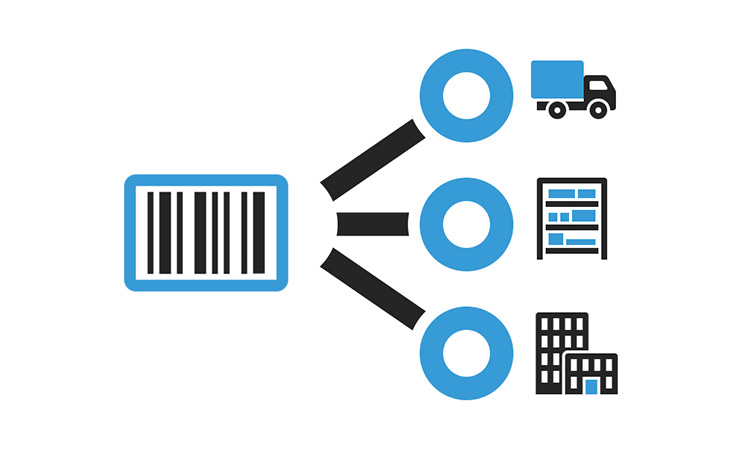
기존 창고 관리 기술을 업데이트할 준비가 되기 전에 고려해야 할 한 가지 질문이 있습니다. 그 질문은 창고 바코드 라벨을 사용하여 이점을 얻을 수 있는지 여부입니다. 물론 결과는 대체로 '예'입니다. 하지만 바코드 시스템에 투자하는 데 드는 시간과 비용 때문에 고민을 해봐야 합니다.
일반적으로 회사에서 창고 바코드를 사용하는 데 영향을 미치는 몇 가지 이유가 있습니다.
- MRO 인벤토리 요구 사항
- 귀사가 거래하는 공급업체 및 소매업체는 이미 창고 바코드를 사용하고 있습니다.
- 창고에 보관하는 재고 수량을 면밀히 주시해야 할 필요성
- 재고 수준의 정확한 기록을 지속적으로 유지해야 할 필요성
- 재고 기록을 얻기 위해 오랜 시간을 기다리십시오.
창고에 바코드 시스템을 설치할 필요성을 고려했다면 다음 단계를 진행할 준비가 된 것입니다. 바코드 시스템 설치를 위한 토대를 마련할 준비가 되었습니다.
바코드 시스템 설정
완전한 바코드 시스템을 설정하는 것은 간단합니다. 회사는 바코드, 스캐너 및 재고 관리 소프트웨어.
창고 바코드 디자인
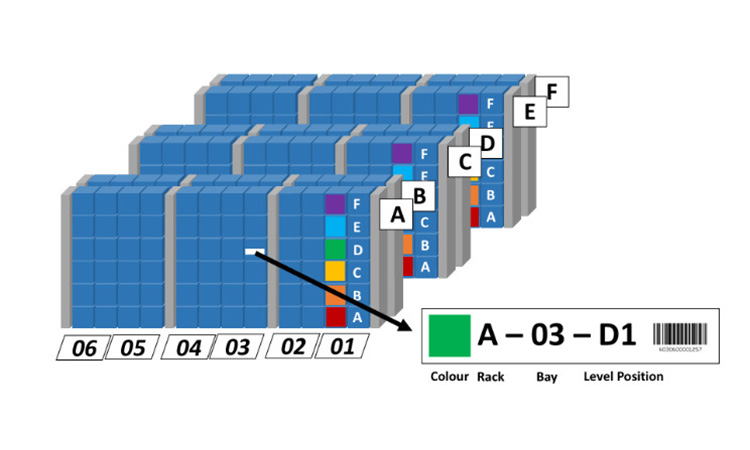
회사는 창고의 대상 애플리케이션과 완벽하게 일치하는 바코드를 디자인해야 합니다.
회사는 다양한 조건에서 이러한 창고 바코드를 디자인할 수 있습니다. 이러한 조건에는 물리적 환경 및 연결 방법이 포함됩니다.
좀 더 일반적인 창고 바코드 레이블에는 단일 레이어 및 컨테이너 레이블이 포함됩니다.
회사는 또한 여러 다른 요인을 기반으로 특정 항목에 대한 레이블을 선택할 수 있습니다. 이러한 요소에는 작동 환경, 항목의 크기, 부착 방법 등이 포함됩니다.
물론 UPC와 같은 공유 데이터베이스에서 바코드를 구입할 수도 있습니다. 그런 다음 인벤토리에 대한 바코드 코드를 생성할 수 있습니다.
대부분의 회사는 두 가지 방법으로 바코드 코드를 생성합니다.
- 하나는 제품 추적 및 제품 보안을 위한 내부용 바코드입니다.. 일반적으로 바코드 생성기를 온라인으로 검색하여 특정 창고 바코드를 생성합니다. 이러한 바코드 업체들은 스티커로 인쇄하여 바로 사용할 수 있습니다.
- 두 번째 유형은 Amazon과 같은 온라인 플랫폼에서 제품을 판매합니다.. UPC에서 정의한 표준 바코드가 필요합니다. 회사는 일반적으로 등록된 소매점에서 온라인으로 구매할 수 있습니다.
창고에 바코드 시스템을 구현하는 방법을 알고 싶다면 다음 문서를 참조하십시오. 창고 정리란 무엇인가요?
창고 바코드 스캐너
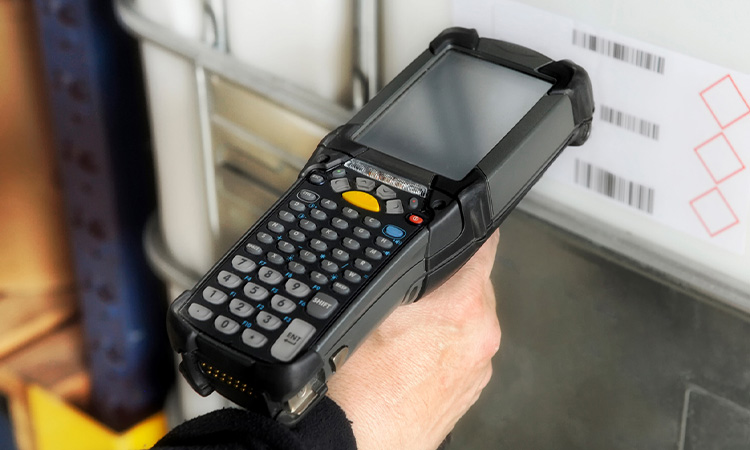
시중에 나와 있는 보다 일반적인 스캐너는 유선 및 무선입니다. 주로 바코드를 스캔하고 바코드에서 데이터 정보를 얻는 데 사용됩니다. 수백 가지의 바코드 스캐너 모델이 있습니다. 그들은 서로 다른 기능 세트를 가지고 있으며 다양한 사양이나 비즈니스 요구에 맞게 조정할 수 있습니다.
- 오늘날 가장 널리 알려진 바코드 스캐너는 레이저 바코드 스캐너입니다.
- 주로 선형 또는 전방향 모드에서 태그의 흑백 레이블을 스캔하고 읽습니다. 일반적인 스캐너보다 더 포괄적인 판독 영역이 있습니다. 선형 스캐너보다 작동 및 사용이 더 쉽습니다.
- 선형 바코드 스캐너는 1D 바코드 사용을 읽는 데만 적합합니다.
- 주로 이미지 캡처 기술을 사용하여 바코드를 스캔합니다. 디지털 이미지 처리 기능은 스캔한 바코드를 해독하여 데이터 정보를 얻습니다.
- 가장 일반적인 것은 2D 바코드 스캐너입니다.
- 선형 이미저와 유사하게 작동합니다. 그러나 그들은 꽤 다릅니다. 누적 바코드 또는 2D 바코드를 읽을 수 있습니다. 또한 사용자가 모든 방향에서 바코드를 스캔할 수 있습니다.
창고 바코드 스캐너의 유형을 이해하는 것 외에도 고려해야 할 사항이 많이 있습니다.
창고 바코드 스캐너의 환경
기업은 사용 환경에 따라 스캐너를 구매합니다. 나중에 불필요한 교체 비용을 줄이는 데 도움이 됩니다.
견고한 창고 바코드 스캐너는 실외 환경에 적합합니다.. 회사는 IP54 또는 IP65 등급 스캐너 중에서 선택할 수 있습니다. 등급이 높을수록 스캐너가 환경적 위험을 더 잘 견딜 수 있습니다.
우수한 실내 환경으로 일반 창고 스캐너를 선택할 수 있습니다. 그러나 창고에 화학 물질 및 심한 먼지와 같은 잠재적으로 위험한 조건이 있을 수 있다고 가정합니다. 더 뛰어난 내구성을 위해서는 IP 등급이 높은 스캐너를 구입해야 합니다.
처리 속도
시장에서 창고 바코드 스캐너의 성능은 다양하며 스캐닝 처리 속도도 다릅니다. 일부는 빠르고 지속적으로 스캔하여 초당 최대 60-120개의 이미지를 얻을 수 있습니다. 일부는 상대적으로 느려 각 스캔을 처리하는 데 몇 초가 걸립니다. 처리할 물리적 자산이 많다고 가정하면 처리 속도가 더 빠른 스캐너를 선택하는 것이 좋습니다.
스캔 거리
회사는 직원이 실제 애플리케이션에서 제품을 스캔하는 거리를 고려해야 합니다. 일부 바코드는 더 먼 거리에서 1D를 디코딩할 수 있지만 2D 바코드를 디코딩하려면 더 가까운 거리가 필요합니다. 일부 원격 스캐너를 사용하면 직원이 바닥에서 천장까지의 거리에서 바코드를 스캔할 수 있습니다.
재고 관리 소프트웨어
바코드 시스템을 만들 때 가장 중요한 것은 재고 관리 소프트웨어의 선택입니다. 재고 관리 소프트웨어는 주로 재고 데이터를 저장하고 관리하는 용도로 사용됩니다.
직원은 스캐너로 스캔한 바코드의 데이터를 재고 관리 소프트웨어에 업로드할 수 있습니다. 다시 스캔하면 이 소프트웨어의 도움으로 제품 기록에 직접 연결됩니다. 또한 직원은 특정 제품 세부 정보를 볼 수 있습니다.
또한 재고 수준에 대한 보다 구체적인 정보를 제공합니다. 기업은 재고 수준 정보를 기반으로 비즈니스 전략을 쉽게 조정할 수 있습니다.
창고 바코드 구현 방법
오늘날의 급변하는 창고 환경에서는 효율성이 핵심입니다. 바코드 기술은 정확성을 높이고 고객 만족도를 높이는 검증된 솔루션입니다. 연구에 따르면 바코드 시스템은 오류를 최대 99.9%까지 줄이고 생산성을 최대 50%까지 높일 수 있습니다. 이러한 이점으로 인해 점점 더 많은 창고에서 바코드 시스템을 채택하고 있는 것은 놀라운 일이 아닙니다.
창고에 바코드 기술 구현을 고려하고 있다면 신중하게 계획해야 합니다. 필요에 맞는 올바른 유형의 바코드를 선택하여 시작하십시오. 일반적인 옵션에는 1D 및 2D 바코드와 RFID가 포함됩니다. 선택할 때 스캔 거리, 내구성 및 데이터 저장 용량과 같은 요소를 고려하십시오.
적절한 바코드 기술을 선택한 후 라벨을 만들고 최상의 위치에 배치해야 합니다. 라벨이 스캔 가능하고 마모에 강한지 확인하십시오. 일반적인 배치 옵션에는 제품 포장 및 보관 용기가 포함됩니다.
또한 직원들에게 바코드 시스템을 사용하도록 교육해야 합니다. 여기에는 바코드를 정확하게 스캔하고 문제를 해결하는 방법이 포함됩니다. 또한 시스템이 다운될 경우 백업 계획을 세우는 것이 좋습니다. 종이 기반 재고 및 주문 기록을 백업용으로 보관하는 것을 고려하십시오.
바코드 시스템을 구현하면 창고 효율성을 크게 높일 수 있습니다. Aberdeen Group의 연구에 따르면 바코드 시스템을 사용하는 회사는 평균 재고 정확도가 94%이고 인건비가 15% 감소했습니다. 이러한 단계를 따르고 올바른 기술에 투자하면 창고에서 유사한 이점을 경험할 수 있습니다. 실시간 재고 추적 및 더 빠른 주문 처리를 통해 바코드 시스템은 창고 운영을 간소화할 수 있습니다.
창고 바코드를 사용할 때 피해야 할 일반적인 실수
창고 바코드는 효율성을 크게 향상시킬 수 있지만 피해야 할 몇 가지 일반적인 실수가 있습니다.
- 저품질 바코드 라벨: 품질이 좋지 않은 라벨을 사용하면 스캔 오류 및 지연이 발생할 수 있습니다. 마모를 견딜 수 있는 내구성이 뛰어난 고품질 라벨을 선택하십시오.
- 부적절한 라벨 배치: 바코드는 스캔하기 쉽고 가리거나 가려지지 않는 위치에 배치해야 합니다. 위치가 잘못되면 스캔 오류 및 지연이 발생할 수 있습니다.
- 라벨 업데이트 실패: 정확한 재고 기록을 위해 상품 정보가 변경되면 바코드 라벨을 업데이트해야 합니다. 이렇게 하지 않으면 비용이 많이 드는 실수로 이어질 수 있습니다.
- 시스템을 테스트하지 않음: 전체 구현 전에 바코드 시스템을 철저히 테스트하여 올바르게 작동하는지 확인하는 것이 중요합니다. 이 단계를 건너뛰면 비용이 많이 드는 오류가 발생할 수 있습니다.
연구에 따르면 바코드 관련 실수는 창고의 모든 바코드 관련 문제 중 거의 70%를 차지하는 스캐닝 오류로 인해 심각한 결과를 초래할 수 있습니다. VDC 리서치의 연구에 따르면 이러한 실수로 인해 회사는 연간 평균 $58,000의 비용이 발생할 수 있습니다.
창고에 바코드 시스템을 구현하면 효율성과 정확성을 크게 향상시킬 수 있습니다. 적절한 바코드 기술 선택, 내구성 있는 라벨 생산, 일반적인 오류 회피는 모두 이 시스템의 이점을 극대화하는 핵심입니다. 이를 통해 더 빠른 주문 처리, 실시간 재고 추적 및 인건비 절감을 누릴 수 있습니다. 망설이지 말고 바코드 시스템에 투자하십시오.
창고에 바코드 시스템을 구현하면 효율성과 정확성을 크게 향상시킬 수 있습니다. 적절한 바코드 기술 선택, 내구성 있는 라벨 생산, 일반적인 오류 회피는 모두 이 시스템의 이점을 극대화하는 핵심입니다. 이를 통해 더 빠른 주문 처리, 실시간 재고 추적 및 인건비 절감을 누릴 수 있습니다.
자주 묻는 질문(FAQ)
-
창고에 적합한 바코드 기술을 어떻게 선택합니까?
바코드 기술을 선택할 때 스캔 거리, 내구성, 데이터 저장 용량 및 비용과 같은 많은 요소를 고려해야 합니다. 일반적인 옵션에는 1D 및 2D 바코드와 RFID가 포함됩니다.
-
바코드가 주문 처리 및 재고 추적 오류를 줄이는 데 도움이 됩니까?
예, 바코드는 프로세스를 자동화하고 수동 데이터 입력을 줄이며 재고 추적의 정확성을 개선하여 오류를 줄이는 데 도움이 될 수 있습니다.
-
1D 바코드와 2D 바코드의 차이점은 무엇이며 어느 것이 창고에 더 좋습니까?
1D 바코드에는 수직선만 있고 2D 바코드에는 수직선과 수평선이 있습니다. 2D 바코드는 1D 바코드보다 더 많은 정보를 저장할 수 있습니다. 더 자세한 정보를 추적해야 하는 창고에 더 나은 선택입니다.
-
창고 재고용 바코드 라벨을 어떻게 만들고 인쇄합니까?
특수 소프트웨어 또는 온라인 도구를 사용하여 바코드 라벨을 만들고 인쇄할 수 있습니다. 그런 다음 라벨을 접착 라벨에 인쇄하고 제품이나 보관 용기에 붙일 수 있습니다.
-
RFID가 창고에서 기존 바코드 시스템의 대안이 될 수 있습니까?
예, RFID는 기존 바코드 시스템의 대안으로 사용할 수 있습니다. RFID 태그는 기존 바코드보다 더 먼 거리에서 읽을 수 있고 더 많은 정보를 저장할 수 있지만 더 비쌉니다.
